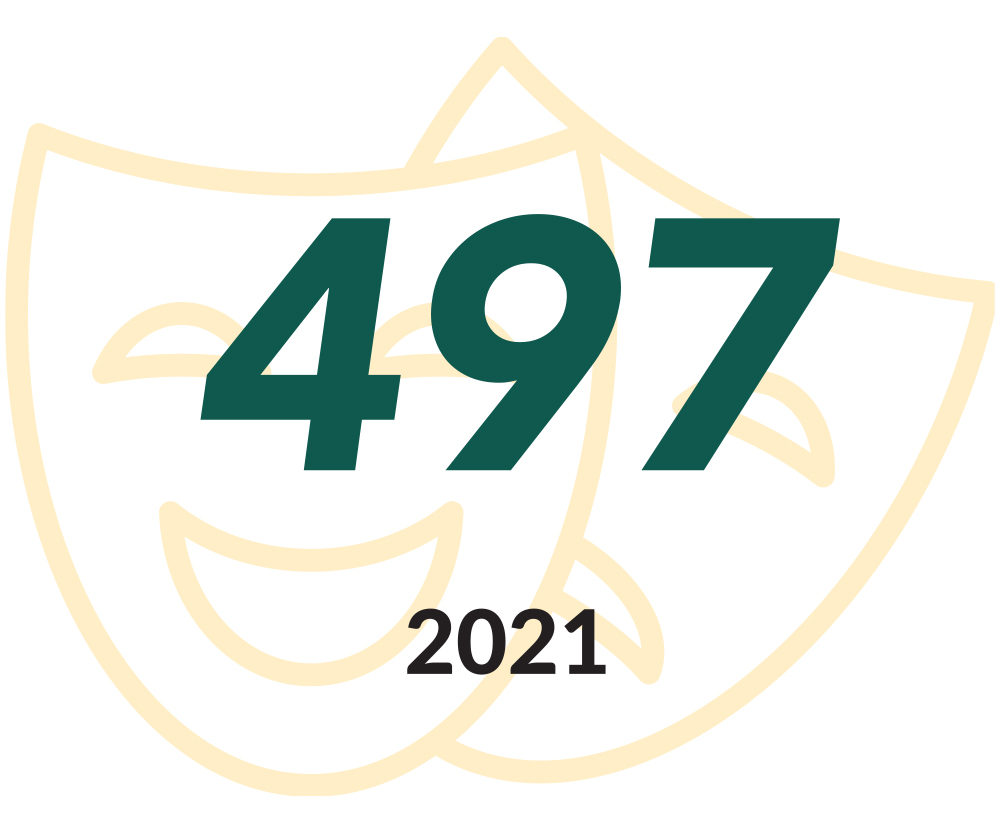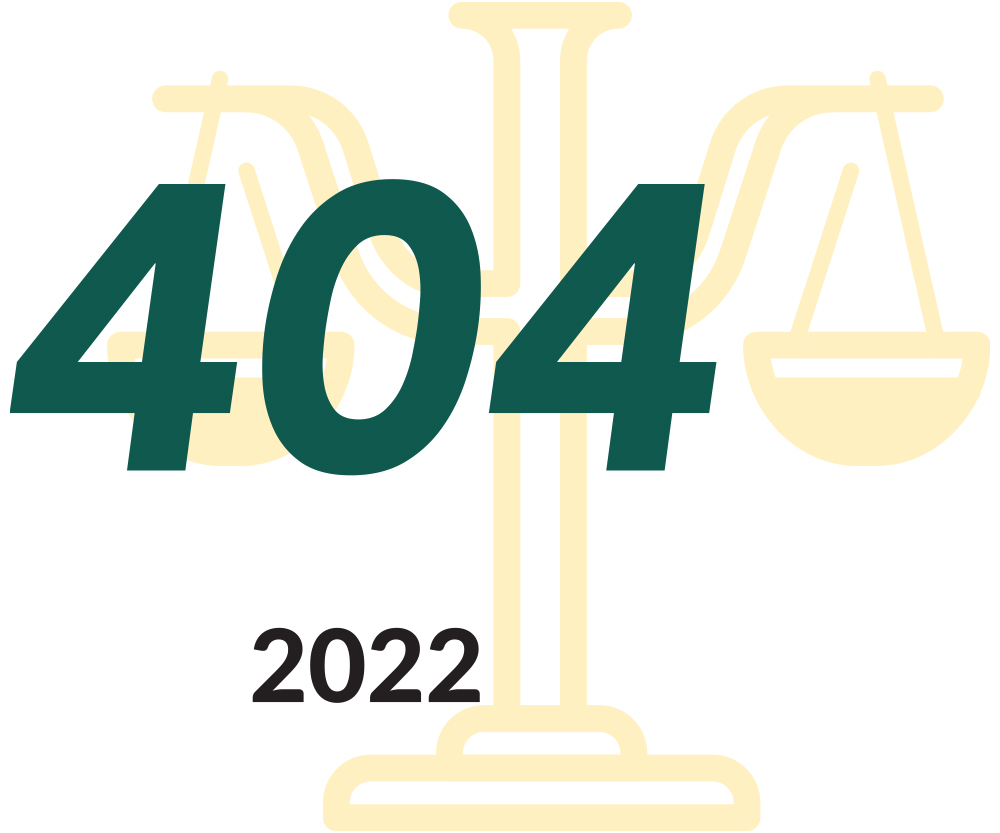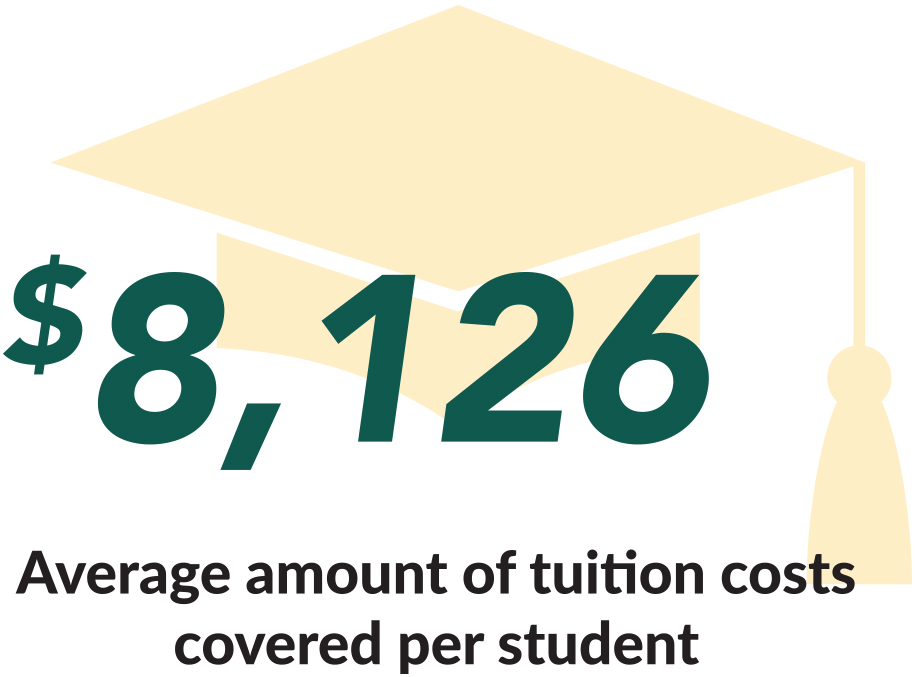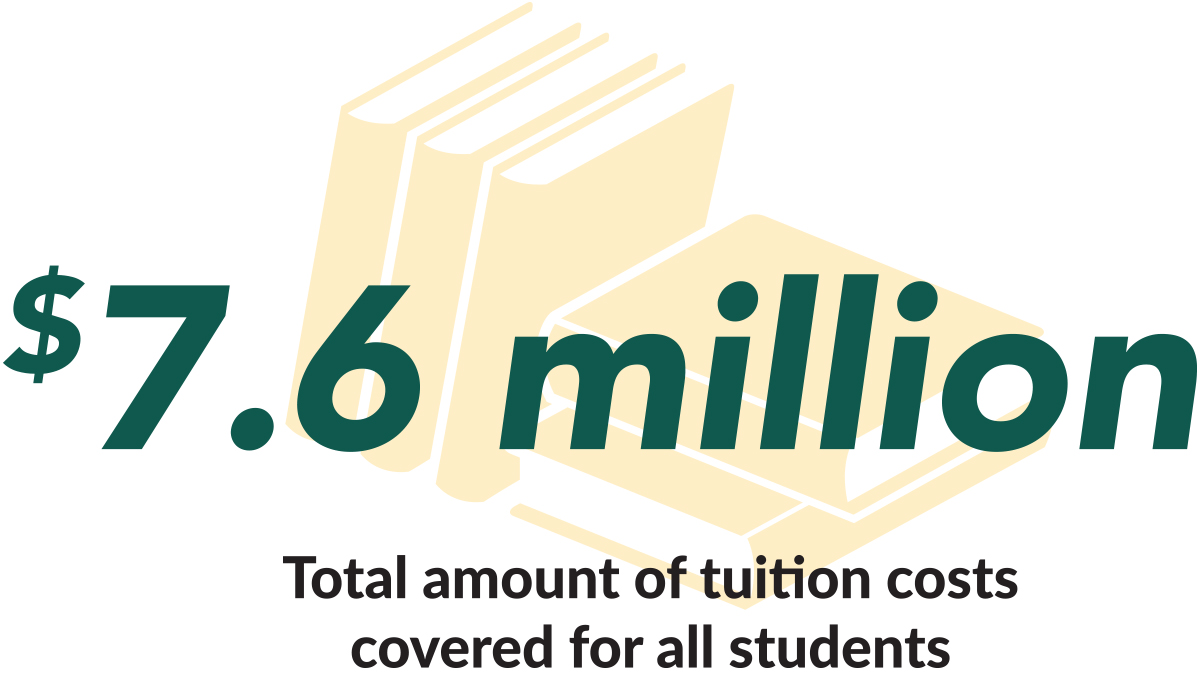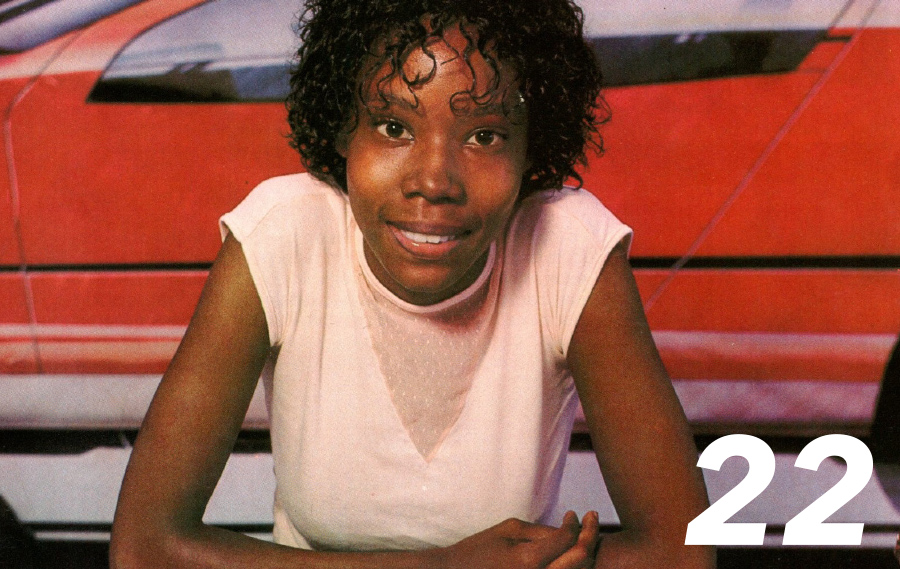Wayne Warriors Fall 2022

Darrell Dawsey, editor-in-chief
Katie McMillan
Darlene White
DESIGN
Matthew Balcer
PHOTOGRAPHY
Christian Hanks
Paul Hitzelberger
Bureau Detroit
Have an idea for Warriors magazine?
Contact us at engaged@wayne.edu..
Wayne State University Board of Governors
Mark Gaffney, chair
Shirley Stancato, vice chair
Bryan C. Barnhill II
Michael Busuito
Marilyn Kelly
Anil Kumar
Terri Lynn Land
Dana Thompson
M. Roy Wilson, ex officio

Letter from the President

At Wayne State University, we’ve always been proud of our deep, singular connection with the city of Detroit; its people; and its long, winding history. Our work in Detroit isn’t only to educate and to inform but to transform as well, to ensure that we’re creating paths that will allow all our students to change their lives for the better. In return, those students make us — the city and campus alike — a richer place to learn and a more rewarding place to live. Little wonder, then, that WSU was recently named the top school in the state for social mobility by U.S. News & World Report (see Page 5).
This issue offers a slew of reminders of how, for decades, we’ve impacted the lives of Detroiters in general and Warriors in particular, and how many of those same students have repaid us a hundredfold with contributions that have made all our lives a little better.
From the nursing school education that allowed the mother of current Board of Governors member Bryan C. Barnhill II to upgrade her family’s lives (Page 10) to the engineering degree that enabled alumna Emeline King to become Ford Motor Co.’s first Black female transportation designer (Page 22), our commitment to raising up the lives of Detroiters through education has been richly rewarding for our students and our city.
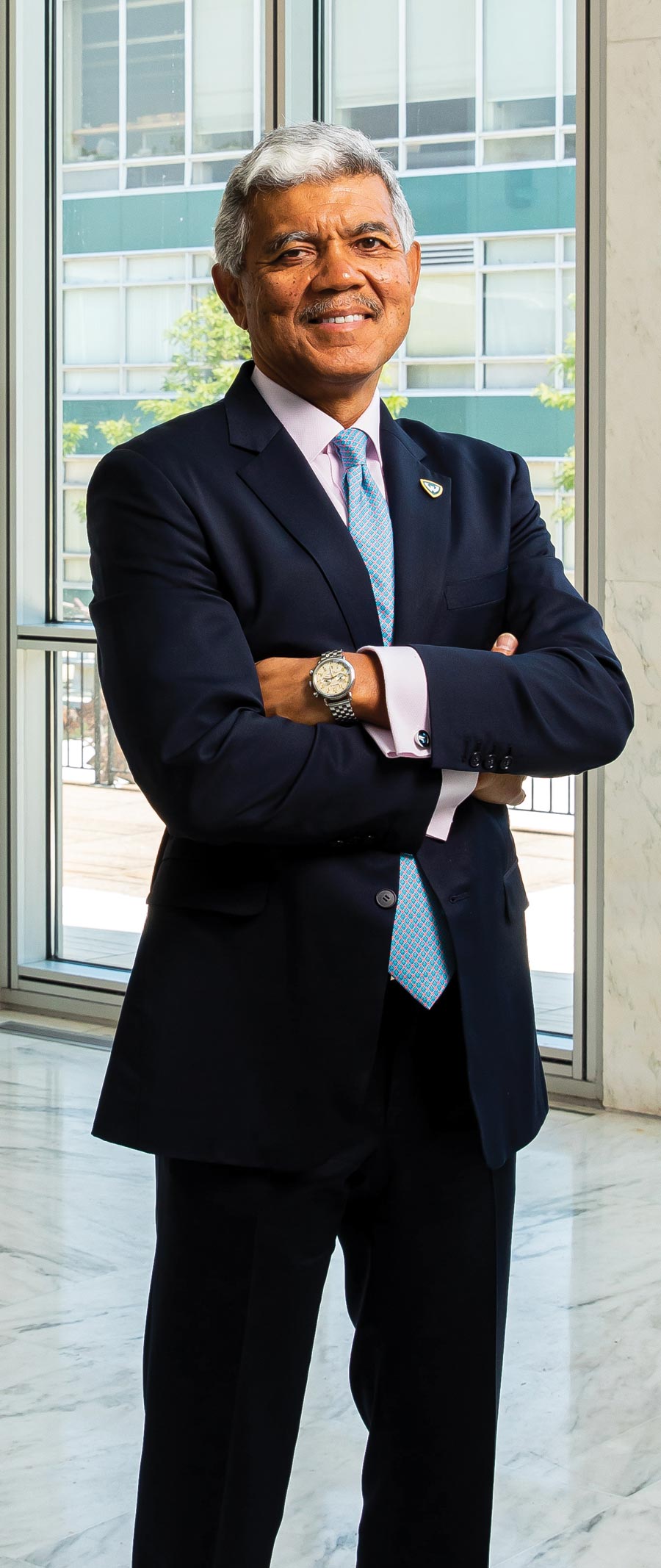
Focused group
A revamped Organization of Black Alumni stands proudly on its past as it looks ahead to a more impactful future
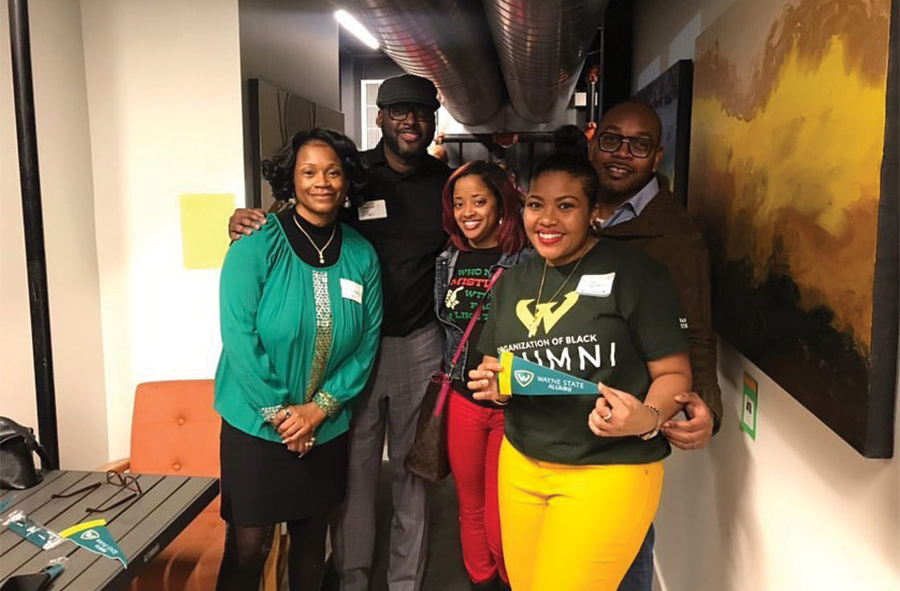

Ron Wood, a retired Blue Cross Blue Shield vice president, remembers well how the group came together.
It was during a reunion of Wayne State’s African American graduates 30 years ago when Wood’s friend and fellow Warrior, Dr. Brent Gillum, came up with an idea: Instead of gathering intermittently to socialize, why not create a group that would allow Black graduates to meet regularly to garner support for the university and, just as importantly, future Black graduates from Wayne State?
Soon after, Gillum, who was working as an obstetrician-gynecologist at the time, began meeting with Wood and other Warriors in the Black community in hopes of making his idea a reality, spreading the word, garnering support. The idea was instantly popular. And within a few months, the Organization of Black Alumni (OBA) was born.
news briefs
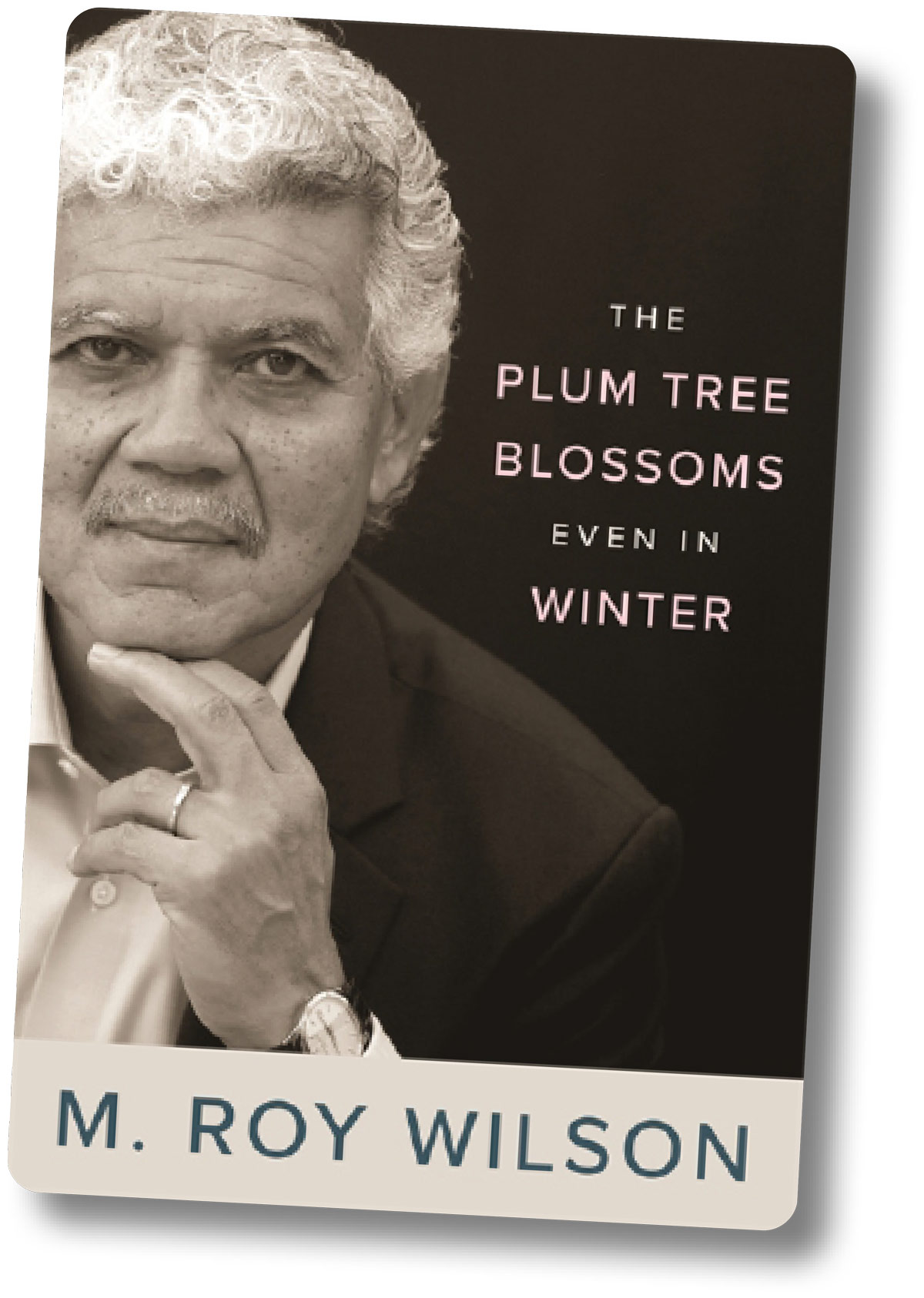
President Wilson celebrates release of memoir
Wayne State University President M. Roy Wilson’s memoir, The Plum Tree Blossoms Even in Winter, was released earlier this year, earning both critical and commercial favor. The president celebrated with a meet-and-greet and book signing at the WSU Bookstore.
Wilson always wanted to write a memoir because he knew he had an unusual story to tell, but he planned to wait until after retirement. He changed his mind for a couple of reasons.
“I had more time on my hands because of the pandemic, and evenings were suddenly free,” he said. “As I reflected more on it, I realized that I want the book to have some impact — and I realized that it would probably have more impact while I was a sitting president rather than retired.”
The message Wilson is hoping readers take away from The Plum Tree Blossoms Even in Winter is to not give up in the face of challenges.
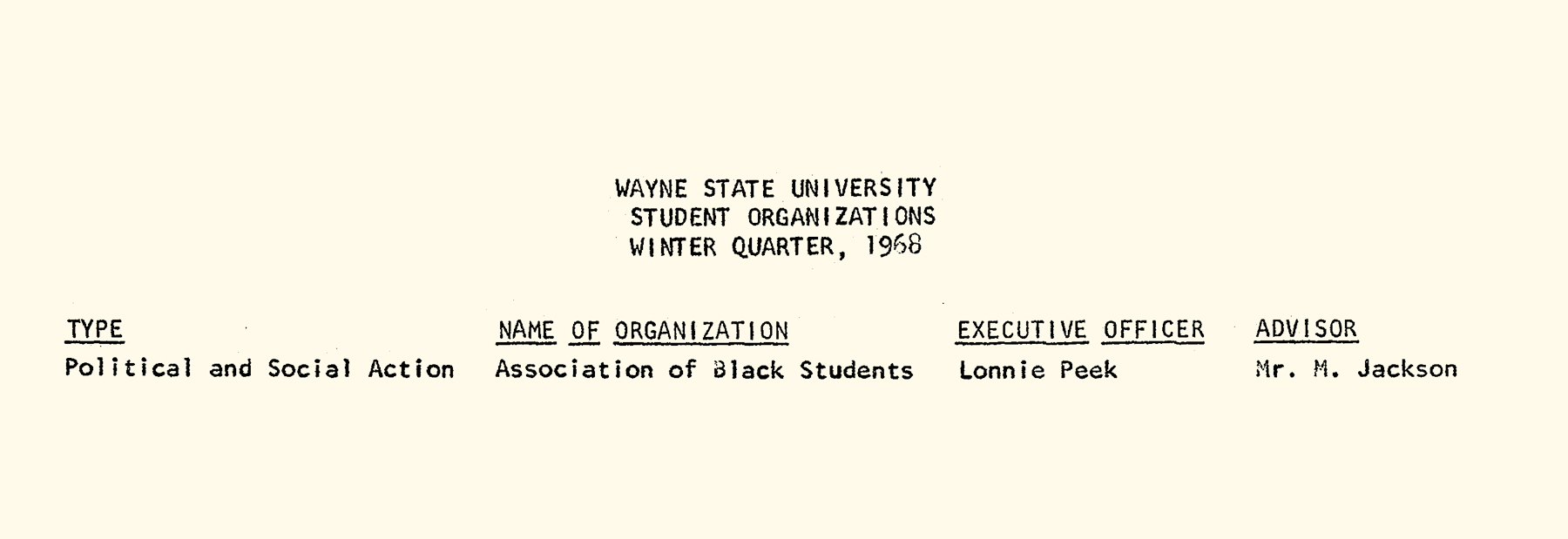
Peek demand
At 80, the outspoken Rev. V. Lonnie Peek Jr. has returned to Wayne State as an advisor for the same Black student organization he founded nearly 55 years ago
A graduate student pursuing his master’s in social work, Peek had been attending for all of one day in the fall of 1967 when he stumbled across a mass of protestors congealing in a building atrium on campus. “It was the first day of classes for me,” recalled Peek during a recent Zoom conversation. “I had gone over to the School of Social Work, and in that atrium was a protest by community folks. They were disturbed at Wayne State because Wayne State was doing a community symposium, but none of the community folks had been contacted. They were pissed off. There were literally about 150 folks. I said, ‘Whoa, wow, this is deep.’”
Peek admitted he didn’t know much about the protest, but as a young man whose childhood years in New Jersey had been deeply marked by racism, he understood well the need for an organized fight against marginalization. So, he stood amid the angry bodies and listened. Before long, the media showed up, and when a reporter asked to speak to someone who represented the university’s Black students, another student pointed at Peek. “He does,” the student declared.
From the Outside In
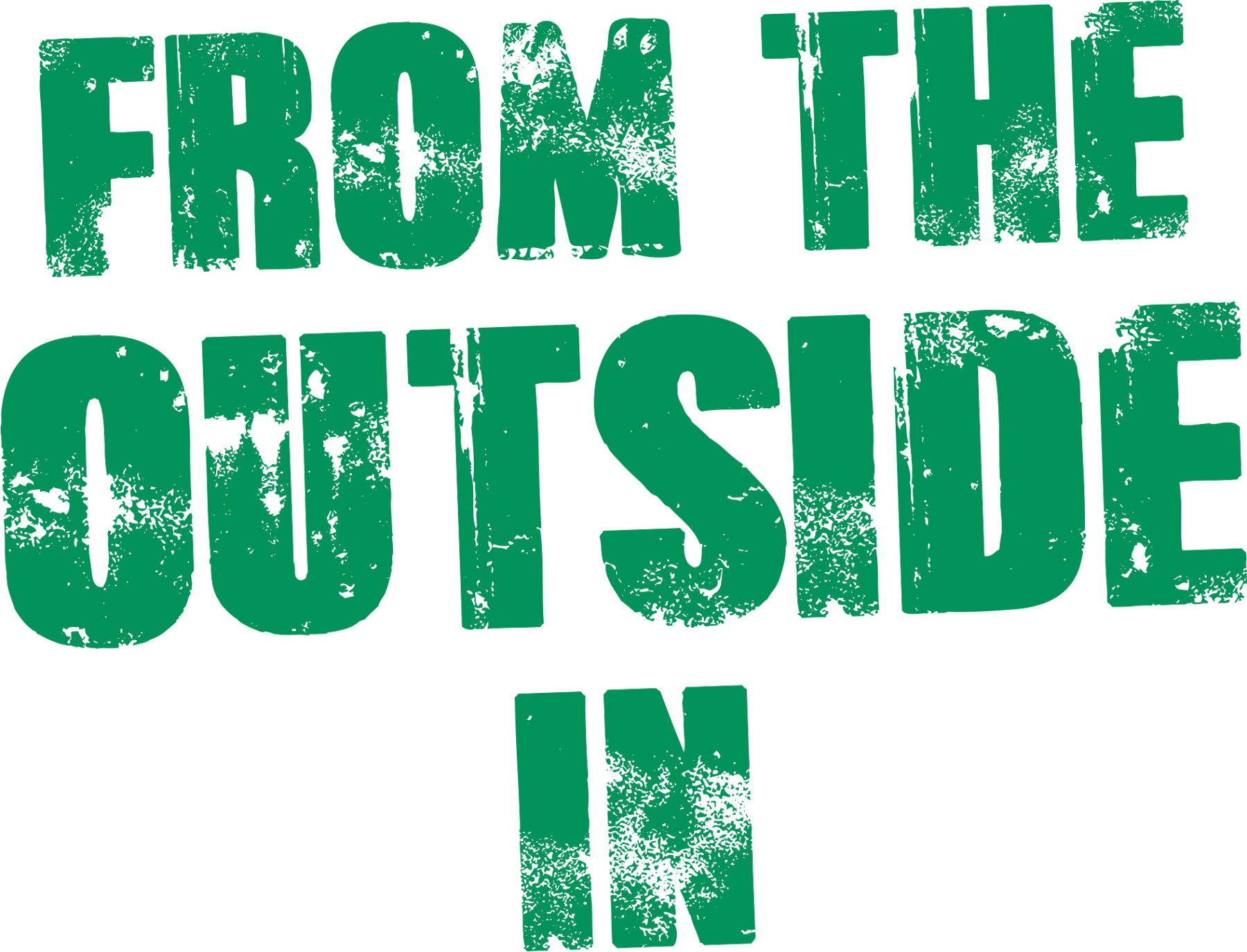
As far back as he can recall, political strategist and activist Bryan C. Barnhill II, the youngest member of the Wayne State University Board of Governors, felt the need to make a difference, to safeguard what he saw as vulnerable, endangered.
For a preschool-aged Barnhill, that meant sifting through wet dirt on rainy days around his childhood home on the east side of Detroit, trying to make sure that the worms were doing OK.
Living
Legacy
or Dr. Herman B. Gray Jr., the future couldn’t have seemed brighter.
It was 2005, and, after several years of working his way through the ranks of the Detroit Medical Center, Gray was now being named president of DMC’s Children’s Hospital, making him the first African American president in the hospital’s history.
And though he couldn’t have known then that, years later, he’d eventually be named chief executive officer of Children’s Hospital and DMC’s executive vice president of pediatric health services, Dr. Gray Jr. still had every reason to look ahead.
But first, he took a moment to reflect on the past.
Full Circle


New Warrior 360 program offers a panoramic view of student success
So when she was approached last summer about helping to build Warrior 360, Wayne State University’s hopeful new student success initiative, Killebrew readily embraced the opportunity.
“I have worked in student success for over 28 years, and I believe my calling is to help students — especially those from marginalized backgrounds — achieve their academic goals,” Killebrew said. “When the framework for Warrior 360 was drafted, the administration looked at the best practices to carry over into it. I was asked to become part of the Warrior 360 leadership team to implement those best practices and support the evolution of this new model.”

New Warrior 360 program offers a panoramic view of student success
So when she was approached last summer about helping to build Warrior 360, Wayne State University’s hopeful new student success initiative, Killebrew readily embraced the opportunity.
“I have worked in student success for over 28 years, and I believe my calling is to help students — especially those from marginalized backgrounds — achieve their academic goals,” Killebrew said. “When the framework for Warrior 360 was drafted, the administration looked at the best practices to carry over into it. I was asked to become part of the Warrior 360 leadership team to implement those best practices and support the evolution of this new model.”
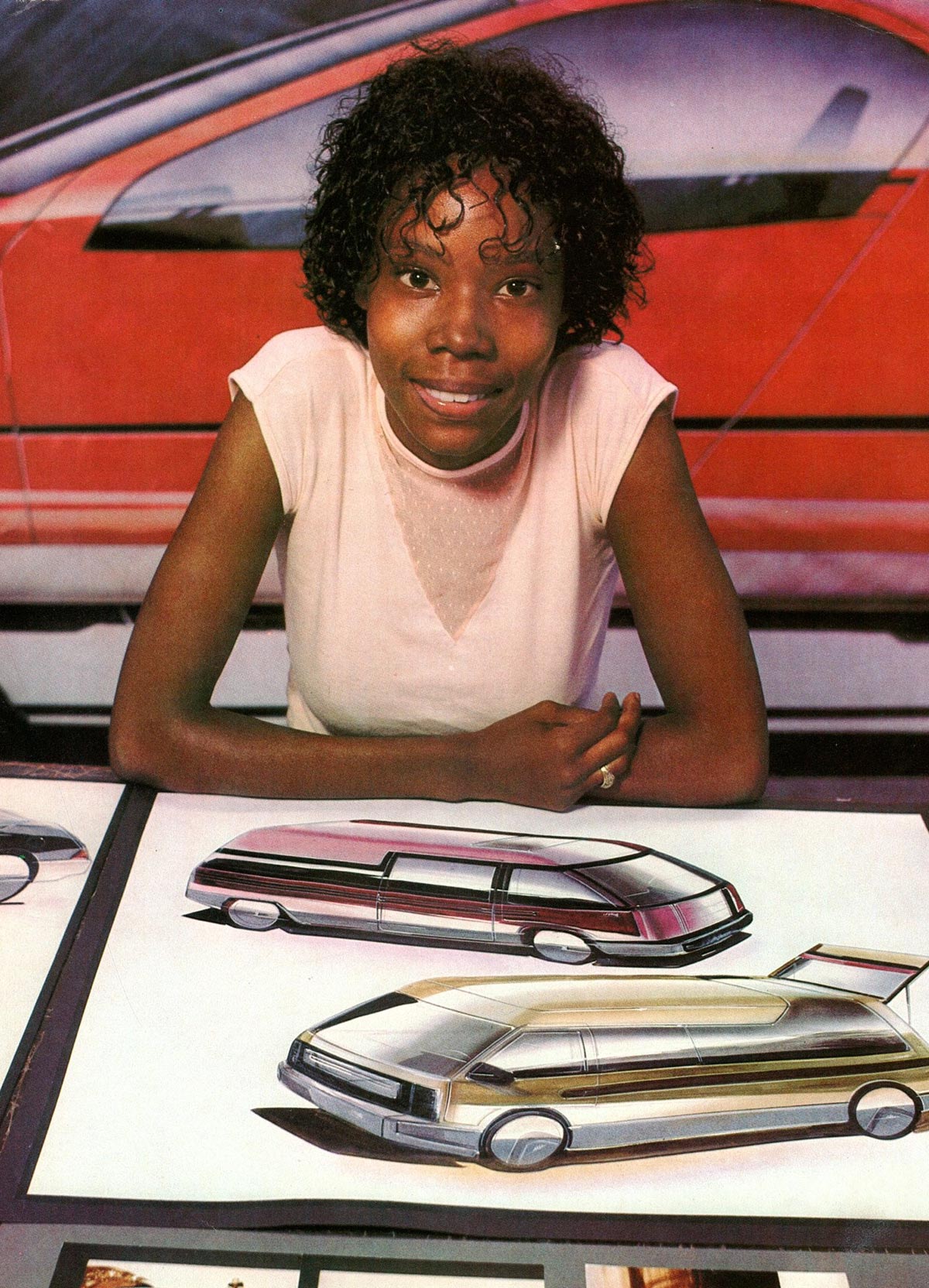
Designing Woman

“It was the clay,” recalls King, identifying the scent. “My father would take me to special areas around the building, and one area was near where they worked on the clay models for their cars. I had dabbled in clay before, but I had never smelled anything like this. I was fascinated over the smell of this clay. I wanted to get behind those blue doors.”
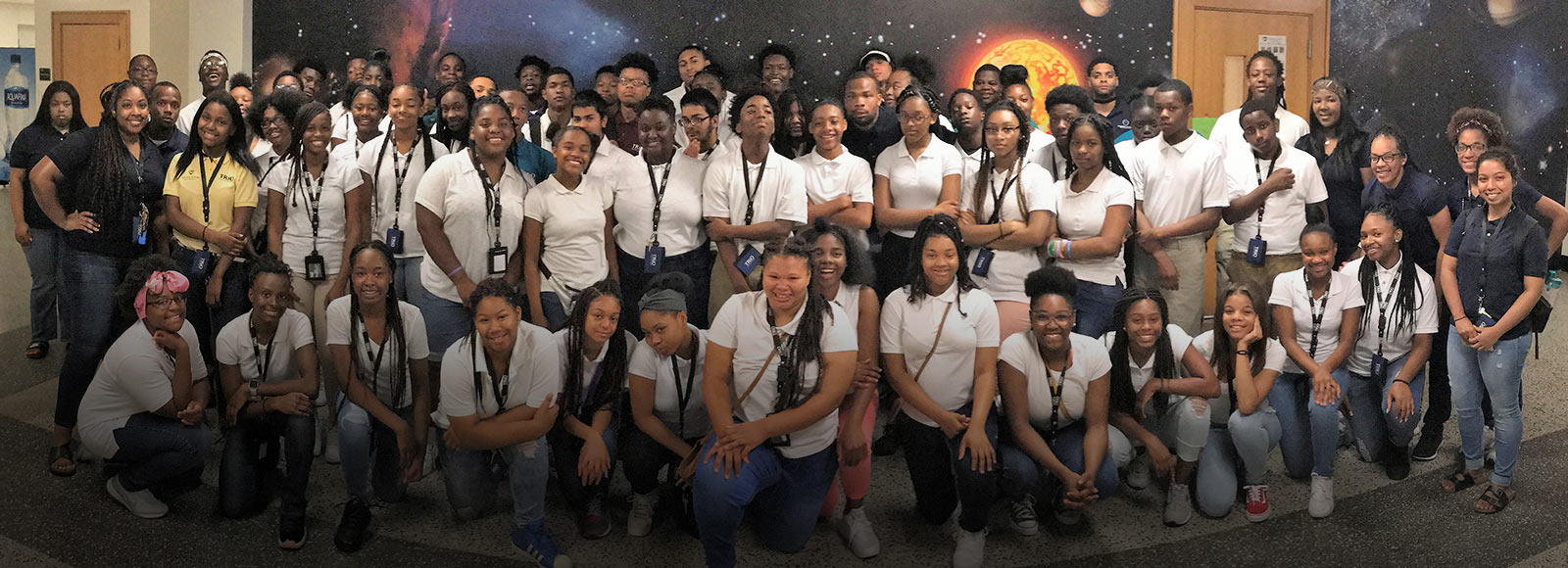
Going up
Now in its 56th consecutive year, the program — which furnishes Detroit students with college enrollment help, career counseling, academic support and community engagement — received yet another boost earlier this year, when WSU was awarded a five-year federal grant worth nearly $4 million to continue its Upward Bound outreach.
The renewal grant will allow the program, which is cost-free for students and operates as part of a broad network of student support initiatives overseen by the university’s Office of Federal TRIO, to continue to serve low-income Detroiters and high school students who would be the first in their family to attend college.
Voting block
When Wayne State University political science doctoral student Jim O’Donnell considers how political and social opinion among white Americans have been radically shifting in the past several years, he doesn’t necessarily need to consult reams of research or pore over sociological studies.
Sometimes, O’Donnell says, it’s as simple as a trip to a local gun store.
“I was in a gun store in Macomb County on the Saturday after the presidential election in 2020, and it was alarming,” recalls O’Donnell, a Ph.D. candidate who also has taught at Wayne State. “It’s one of the best places to hear this kind of fear that many white people have. There were also African Americans in that gun store, but they weren’t the ones yapping about all this Second Amendment stuff. Whites in these spaces think they’re just going to arm themselves and protect themselves from some threat, but really a lot of that is fear: fear of anybody who doesn’t look like them, immigrants, people who don’t speak their language.”

When Wayne State University political science doctoral student Jim O’Donnell considers how political and social opinion among white Americans have been radically shifting in the past several years, he doesn’t necessarily need to consult reams of research or pore over sociological studies.
Sometimes, O’Donnell says, it’s as simple as a trip to a local gun store.
“I was in a gun store in Macomb County on the Saturday after the presidential election in 2020, and it was alarming,” recalls O’Donnell, a Ph.D. candidate who also has taught at Wayne State. “It’s one of the best places to hear this kind of fear that many white people have. There were also African Americans in that gun store, but they weren’t the ones yapping about all this Second Amendment stuff. Whites in these spaces think they’re just going to arm themselves and protect themselves from some threat, but really a lot of that is fear: fear of anybody who doesn’t look like them, immigrants, people who don’t speak their language.”
New Deal

Armed with the experience and years of vocal activism that began when she was a WSU student, Conner returned to campus in 2020 to continue her work for racial justice and equity as the director of the Detroit Equity Action Lab (DEAL), an initiative of the Damon J. Keith Center for Civil Rights at Wayne State University Law School created to develop leaders in the fight against racism.
“It really feels in some way serendipitous to be back to be here doing this kind of work,” she said. “The university has to play a role in racial equity. Wayne State is at or near the center of the city and serves a very diverse population.”
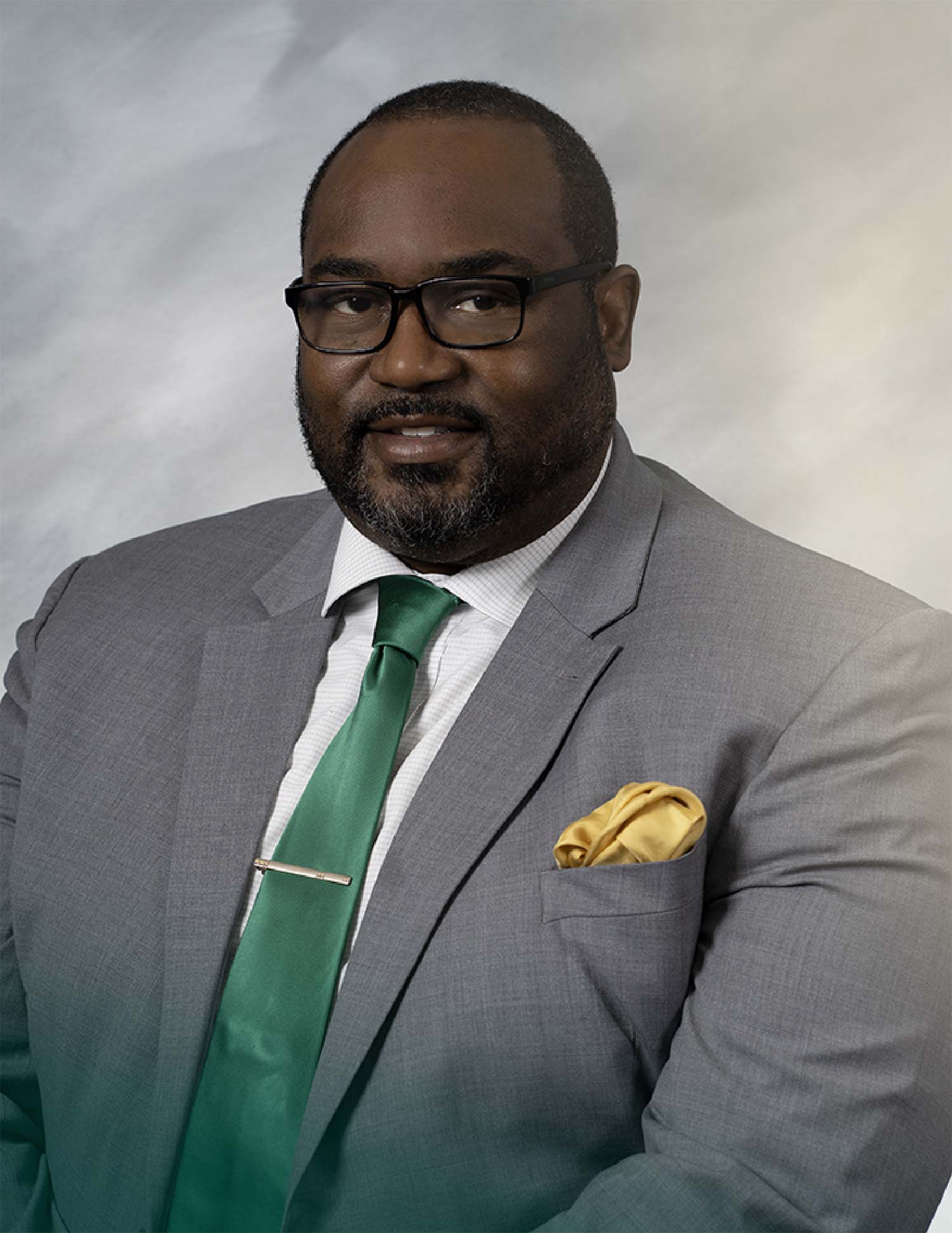
EngageD Q&A
Roy found his calling at Wayne State College in Nebraska, where he received a bachelor’s in human services counseling and a master’s in higher education counseling. He ultimately earned his doctorate in educational psychology from the University of Southern California, with the dissertation, “The Role of Social Capital and Networks in Supporting Black Males’ Matriculation into Medical School.”
He has 18 years of experience in diversity and inclusion at several medical schools across the country.
by the numbers


